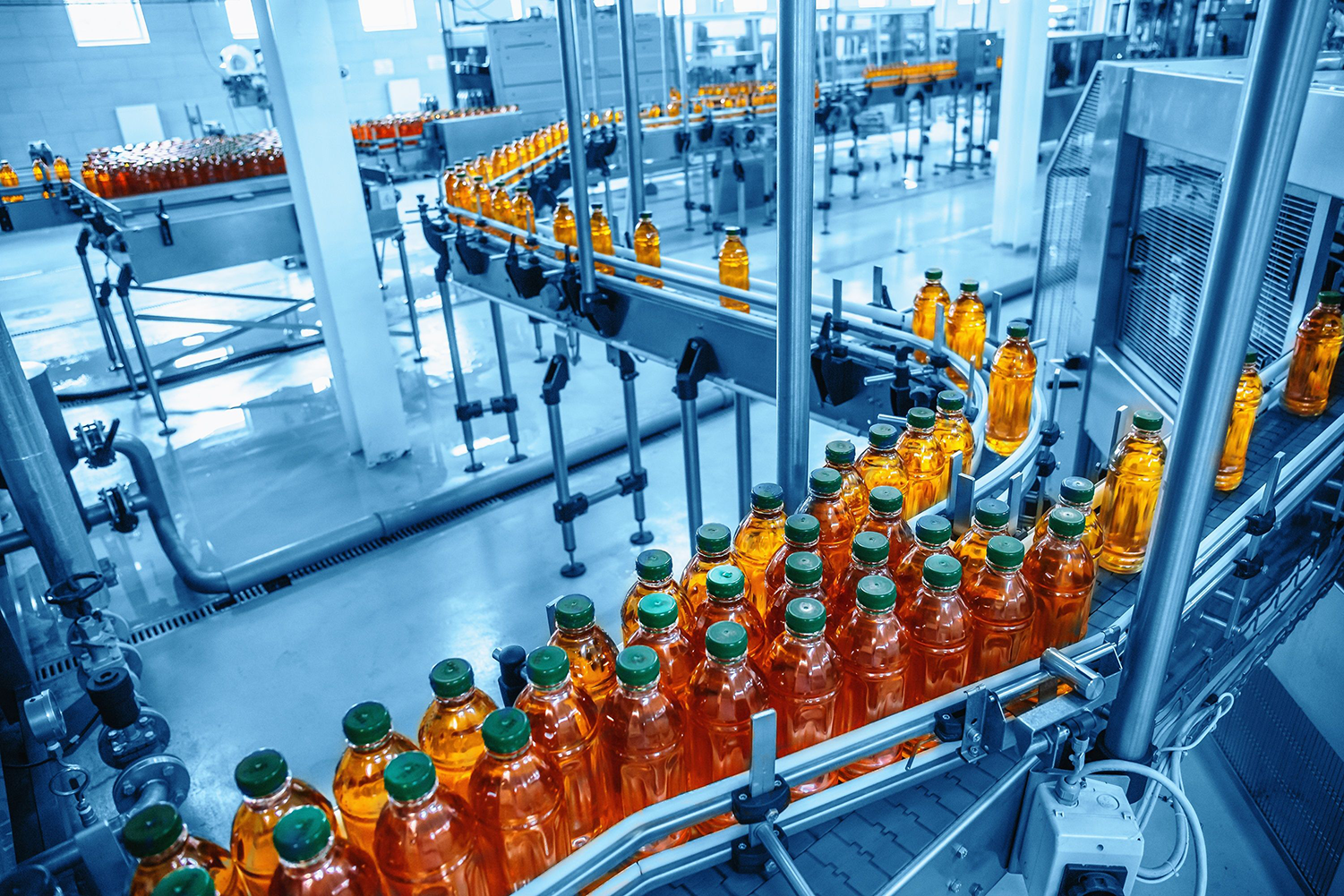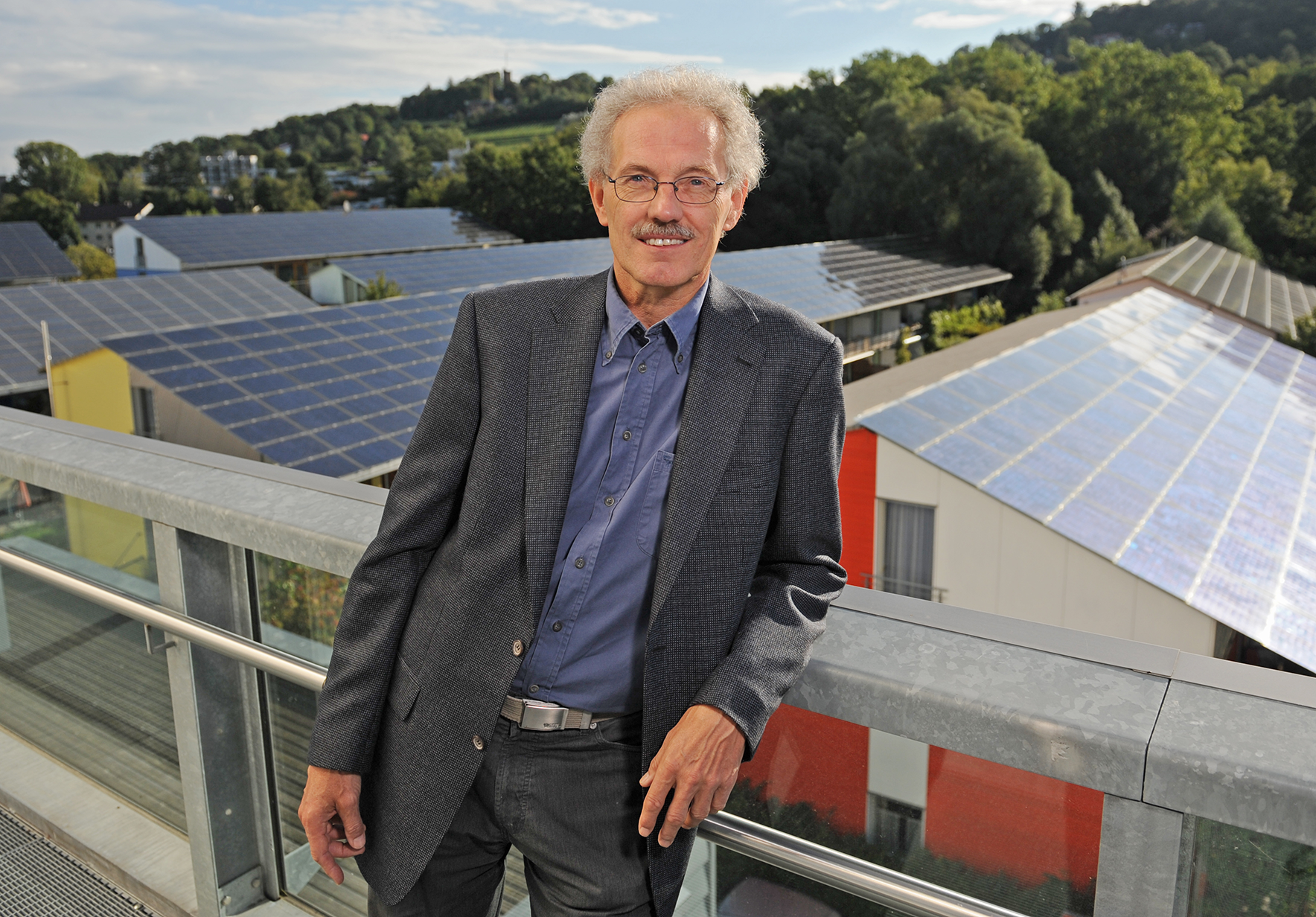News & Press
Sustainability: From Pioneer to Paradigm
Rainer Grießhammer is aiming to make development of new technologies more sustainable from the start
What are the benefits and drawbacks of certain chemicals and materials? Which applications promise the most technologically and societally? When technological developments begin there is very little data available about possible drawbacks. Sustainability expert Prof Dr. Rainer Grießhammer is establishing the "TAPAS" measurement method in the Cluster of Excellence Living, Adaptive and Energy-autonomous Materials Systems (livMatS). TAPAS is to accompany, assess, and advise researchers on technological developments from day one. Up to now, such assessments usually only take place when products are already on the market and a great deal of time and money has been spent on them.

Which substances could pose potential threats to humans and the environment? A new measurement method is to assess substances successfully before they are incorporated in products on the market. Photo: DedMityay/stock.adobe.com
“We want to follow and assess sustainable technological developments from the start to application. That’s new,” says Rainer Grießhammer. To achieve this, he’s developing a type of barometer and measurement method. The honorary professor for sustainable products at the University of Freiburg and senior advisor at the Institute for Applied Ecology, the Öko-Institut e.V., Grießhammer is establishing a platform at the livMatS cluster of excellence. The platform is to aid technological developments by accompanying and assessing them in a forward-looking way. Among questions considered are: What are the benefits and drawbacks of the chemicals and materials used? Which applications are the most promising technologically and for society? Grießhammer expects that his colleagues at the cluster will use his method to check their projects’ sustainability. He adds, “But my real dream is that this approach becomes common in the development of technologies in general.”
More than environmentally-friendly
TAPAS is the name of the method and platform for sustainability assessment. It stands for “Tiered Approach for Prospective Assessment of Benefits and Challenges.” For example, TAPAS should help in avoiding materials that are problematic for people and the environment. Among these are heavy metals, such as lead and mercury. Recyclability is also important at livMatS – a place where many complex materials systems come into existence. Can their components be easily separated and recycled? TAPAS also accounts for all the possible ways to relieve environmental burdens, such as the use of surrounding energy.
“We don’t just concentrate on environmental aspects,” emphasizes the sustainability expert. From raw materials extraction to manufacture to finished materials systems, TAPAS will analyze criteria such as labor safety, consumer rights, human rights issues, acceptance, and possible changes in human values. The platform will encompass many of the results produced by Grießhammer’s cooperation partners, who are working on a range of parallel projects.
From barometer to measurement method
livMatS is ultimately aimed at applications. Yet their outset unfolds in basic research on different technologies. “At this point, we’re unable to analyze much more than the risks posed by the chemicals used. All we can do is ask the right questions,” says Grießhammer, “There still isn’t much data available.” Nobody yet knows what actual applications will emerge from the research. And it’s still unclear what substances – many of which are only needed in tiny amounts for basic research – will become problematic when prototypes go into series production.
This is another reason why technologies are only assessed at the end of the development process, when products are on the market. Quantitative data is then available, but development has already also taken its toll in plenty of ingenuity, sweat, and cash. Recommendations for improving sustainability then are actually too late, says Grießhammer, “Technology providers and manufacturers often complain, ‘Couldn't you have told us that earlier?’ That’s why TAPAS wants to come up with indications and answers as promptly as possible. At the early stages of a project, know-how often looks cautiously into the future.” The sustainability expert adds, this is where TAPAS can give early warnings and recommend courses of action. “For example,” he explains, “is the material used in compliance with the European Union’s directives on waste and recycling?” During later stages, as soon as more data becomes available, the recommendations become concrete. That’s how TAPAS gradually evolves from a barometer into a measurement instrument for sustainability.
Surveying colleagues in the cluster
In the coming years, Grießhammer is aiming to present a beta version of TAPAS together with his doctoral candidate Martin Möller, who also works at the Öko-Institut. Says Grießhammer, “First we’re developing the method, then successively, via several individual tools, the platform.” The duo has already prepared a test grid based on the EU’s RoHS Directive on Hazardous Substances, the SVHC List of Chemicals of Very High Concern in accordance with the European REACH Regulation, and Agenda 2030 indicators for sustainable development.

“My real dream is that this approach becomes common in the development of technologies in general,” says Rainer Grießhammer of the TAPAS platform.
Photo: Patrick Seeger
TAPAS has a special cross-sectional role among the many livMatS laboratory projects. This could’ve been a touchy subject if experimenting researchers perceived a sustainability assessment as outside meddling. “That's not the case,” stresses Grießhammer. He explains: At the start he distributed a comprehensive questionnaire on basic research to the researchers at the cluster of excellence. It also included questions about the materials and chemicals used, the researchers’ self-perceptions of sustainability, scientific responsibility, and possible conflicts. “The feedback was overwhelmingly good,” says the sustainability expert. Nearly all of those who took part realized the necessity of a staged sustainability assessment. Grießhammer continues, “As far as this goes, we are in any case pioneers, and I hope we’ll also become a paradigm.”
Parallel investigations contribute their results
Grießhammer in part incorporates results from other investigative projects that are unfolding simultaneously in the livMatS cluster. Prof. Dr. Andrea Kiesel of the Institute of Psychology is researching acceptance. Prof. Dr. Lore Hühn of the Department of Philosophy is examining social aspects. And two researchers from the Institute of Biology II are preparing livMatS prototypes known as “demonstrators” for the first trial run of TAPAS. They are Dr. Olga Speck – manager in the Competence Network Biomimetics –and Prof. Dr. Thomas Speck, director of the Botanical Garden and Head of the Department of Plant Biomechanics and Bionics.
Rainer Grießhammer has been an honorary professor at the University of Freiburg since 2012. He has been working for more than three decades at the Öko-Institut e.V. Grießhammer was already a member of the non-profit institute and association when he was studying chemistry – starting in Basel and finishing in Tübingen with a doctorate. He has written several books, and been presented with the German Environmental Award and the Order of Merit of the Federal Republic of Germany. In 2020, the sustainability expert was appointed to the National Oversight Committee for Finding Final Nuclear Waste Repositories (“Nationales Begleitgremium für die Endlagersuche”).
Jürgen Schickinger
